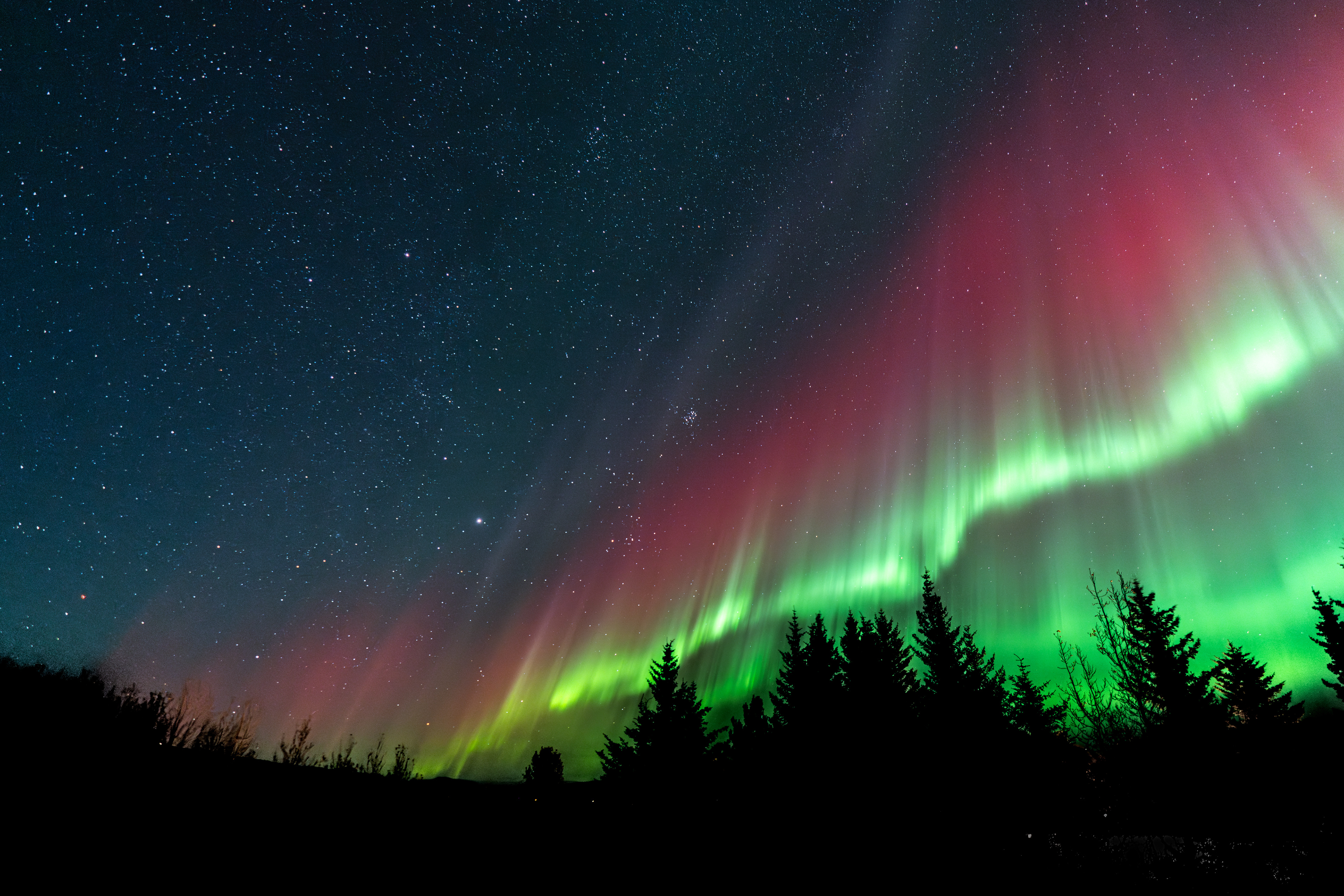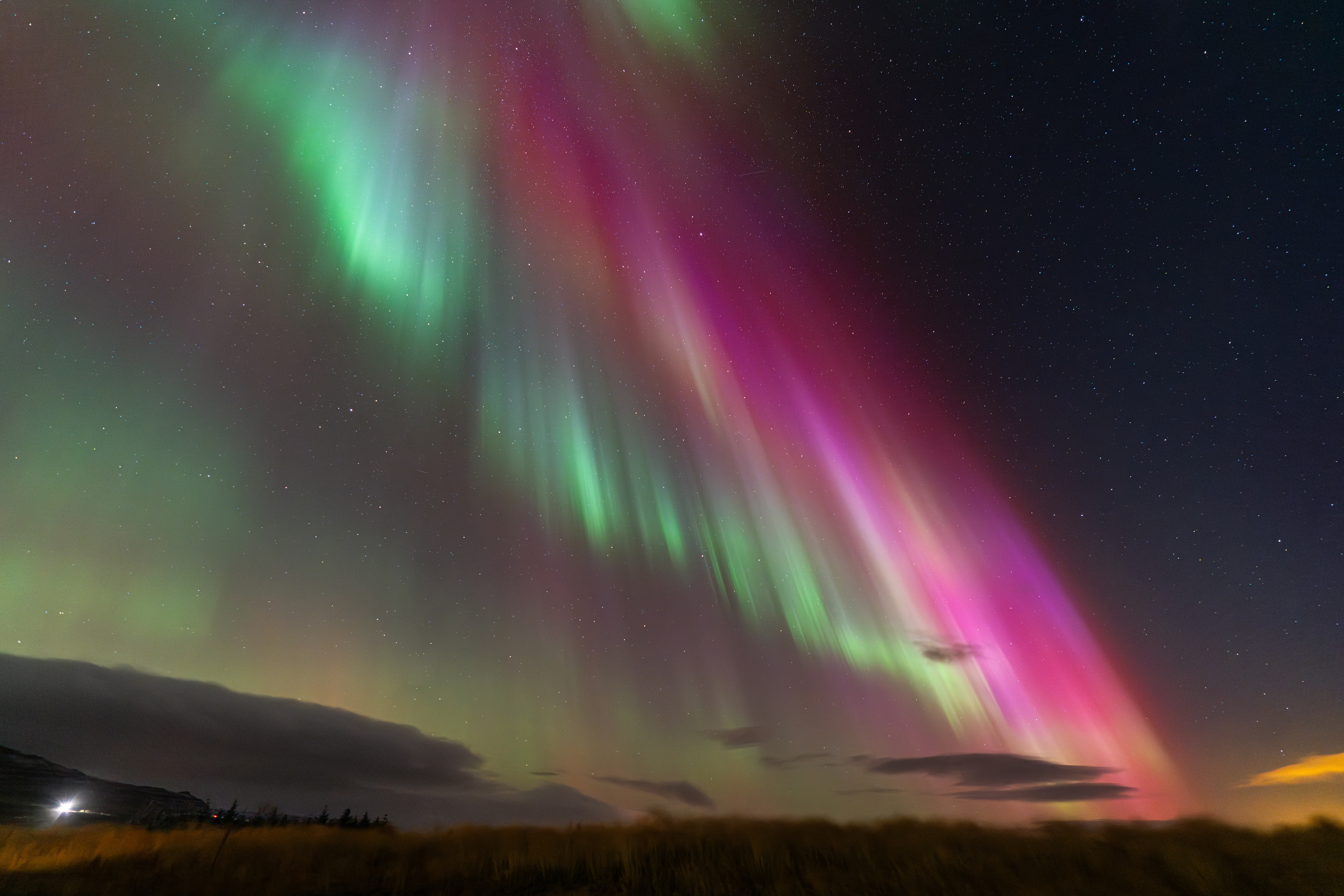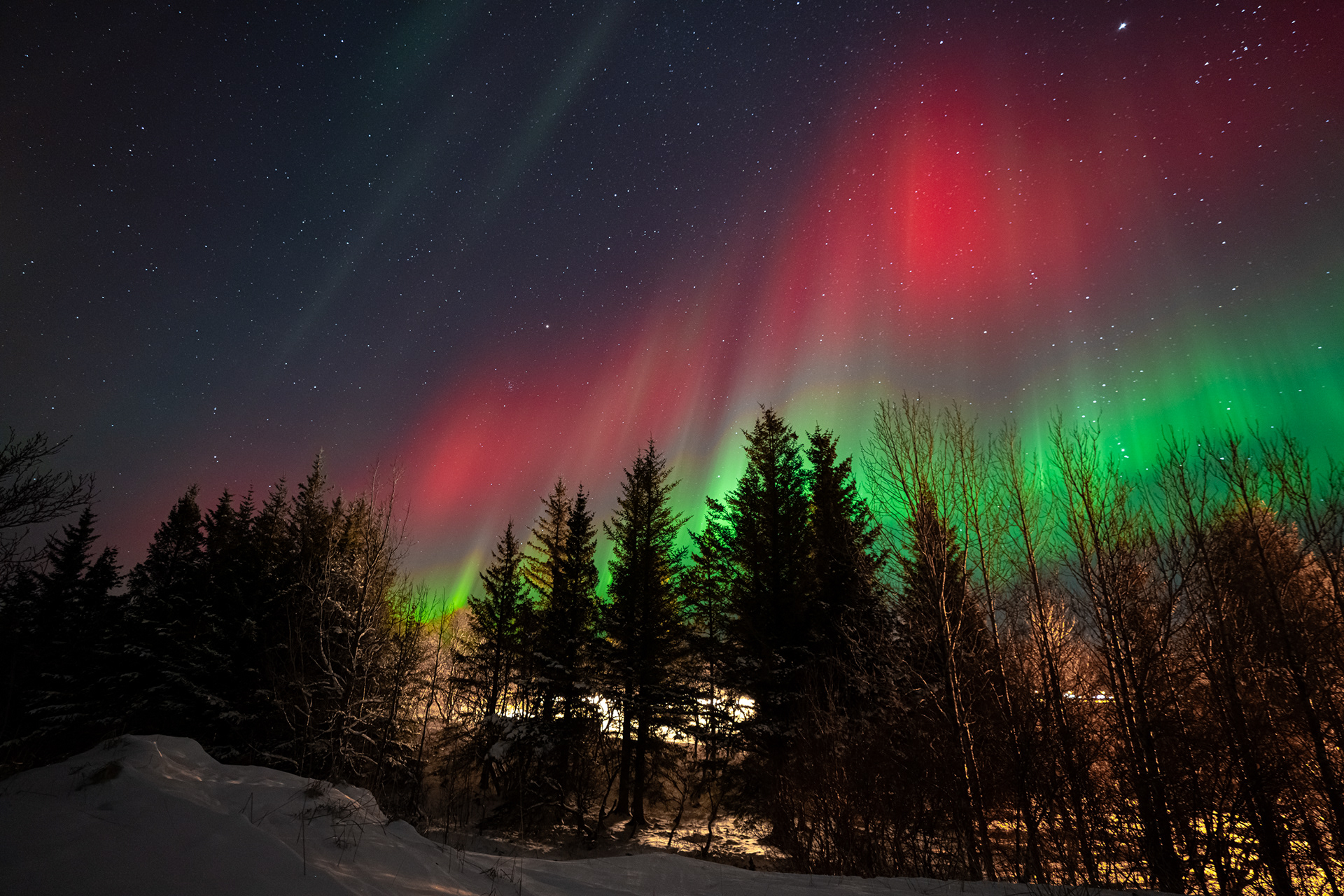


Getting the Hang of Northern Lights Snaps:
From Easy Gear to Awesome Pics
Ever had this happen? You spot the Northern Lights doing their mesmerizing twirl, but your snaps just look like dim fuzzy blobs against the night canvas.
It's a common snag. Whether they’re newbies with a camera or experienced shutterbugs, everyone runs into trouble trying to photograph the ghostly charm of the aurora borealis. Loads of clickers trek back from polar escapades with let-down pics and chilly digits to show for it.
But hey, it doesn't have to be such a muddle. With the best camera tweaks solid prep, and savvy moves, your shots can reflect the awe-inspiring scene you've seen. These bits are key for nailing those mind-blowing aurora displays.
Okay, let's dive right into snapping pictures of the Northern Lights. We're talking about grabbing your camera setting it up, and using some pro techniques. Imagine transforming those cool green smears in the sky into epic art showcasing the most awesome light show nature's got.
Time to learn about snapping the Aurora
Knowing the science stuff helps you snap its prettiness way better. So the Northern Lights do their thing when the sun's charged bits slam into our planet's air fast—like, 45 million mph fast. That crash gives us an epic light show—oxygen gives off green and red, and nitrogen throws out blue and purple.
To get shots of this incredible scene, you gotta have the right tools. Here's the stuff to bring:
- A snapshooter that lets you go into manual mode
- Bring a wide-angle lens within a 14-35mm range and an aperture at f/2.8 or more.
- You'll also want a tough carbon fibre tripod and at least two camera batteries.
- Don't forget a weatherproof camera bag and a remote shutter release or a cable timer.
Snapping the aurora just right involves nailing the timing and picking the perfect spot. You've got the best shot at it from September to March. Expect March to be kind of buzzing with geomagnetic activity, while October trails just behind it, not too far off.
Bracing for the Arctic's chilly embrace means you gotta plan ahead to keep safe and not freeze out there. In cold spots like Svalbard, it's wild; temps drop to minus 40°C, that's the same in Fahrenheit. Gear up to shield both you and your equipment.
Tuck spare batteries in pockets inside close to your warmth
Get some gloves for photography that can work on touchscreens
Bring little packets of silica gel to keep your lens from fogging up
Don't touch metal tripod sections with your bare skin
Use a headlamp with red light to keep your night vision sharp
Checking out aurora predictions from reliable places, like the Geophysical Institute of the University of Alaska Fairbanks, can be pretty handy. They use this thing called the Kp-index that goes from 0 to 9 to tell you how crazy the aurora is, and if it hits 5 or more, watch out for a storm. Knowing this stuff makes it easier to time taking your photos just right.
An initial glance might tell ya a bright moon's trouble for snapping pics, but it's kinda neat 'cause it lights up the whole scene. This natural glow throws in some depth to your snaps and helps you spot stuff clear as day when you're out there trying to shoot the northern lights.
Alright so setting up your camera the right way is mega important if you wanna catch those wicked aurora shows instead of just getting a bunch of dim fuzzy shots. Now, let's dive into the key set up moves to snapping those rad northern lights.
Get Your Camera Ready – Step by Step
Alrighty follow these steps, and you're on your way to nailing some top-tier aurora photos:
1. Flip your camera over to Manual mode
2. Crank that aperture to the lowest f-stop number (you're aiming for f/1.4 to f/4, that's the sweet spot)
3. Change ISO from 800 to 3200, depending on the light around you.
4. Set the shutter speed from 1 to 15 seconds.
5. Switch on the manual focus and pick a shiny star to get it right.
Custom Function Settings
Begin with these starting points for snapshots of the northern lights: aperture f/2.8, ISO 1600, and a shutter speed lasting 15 seconds. Tweak these based on how active the aurora is - with faster-moving lights, you should go for a shorter shutter speed.
Getting your white balance right is super important. Do it yourself and aim for about 3500 Kelvin to catch those true northern light hues. Leaving a white balance on the auto could mess up your colours during your photo shoot.
Memory Card Optimization
Handling your memory cards the right way ups your game in catching those quick glimpses of the northern lights. Here's what you gotta do:
- Get your cards formatted using your camera right before you start snapping pics
- Move your pictures over to your computer fast once you're done taking them
- Tuck your cards into a safe case to dodge damage
- Don't pack your cards to the brim to dodge problems down the line